Maize Silage and whole crop grain
Maize Silage and whole crop grain
Silo maize and whole crop grain are among the easily fermentable forage crops. They are high in sugar and ensile relatively quickly. It only becomes problematic when outsourcing. Then problems with reheating and mold often occur. In particular, if the minimum requirements for the necessary advance per week are not met, the silage quickly becomes warm and moldy. The use of BioCool is recommended to ensure aerobic durability. Already during storage of the silage, yeasts and molds are then significantly reduced and development on the open cut surface is effectively prevented. To protect against edge and surface losses directly under the foil, this area can be treated with propionic acid and Lupro-Mix NA.
- BioCool / BioCool HC
BioCool
BioCool is a biological additive, which contains the specially selected, extra efficient working heterofermentative lactic acid bacteria Lactobacillus buchneri and enzymes Lactobacillus bucheri supports the natural lactic acid fermentation and simultaneously improves the aerobic stability of silages during feeding out of the clamp. Additional to lactic acid is Lactobacillus buchneri able to produce a few mould inhibitory substances. Well know are acetic acid and propylene glycole. Spoilage of silage, caused by yeasts and moulds are effectively inhibited.
BioCool is DLG-tested in group 2. The improvement of aerobic stability has been proven. It has been proved that the silage durability improves when exposed to the air.


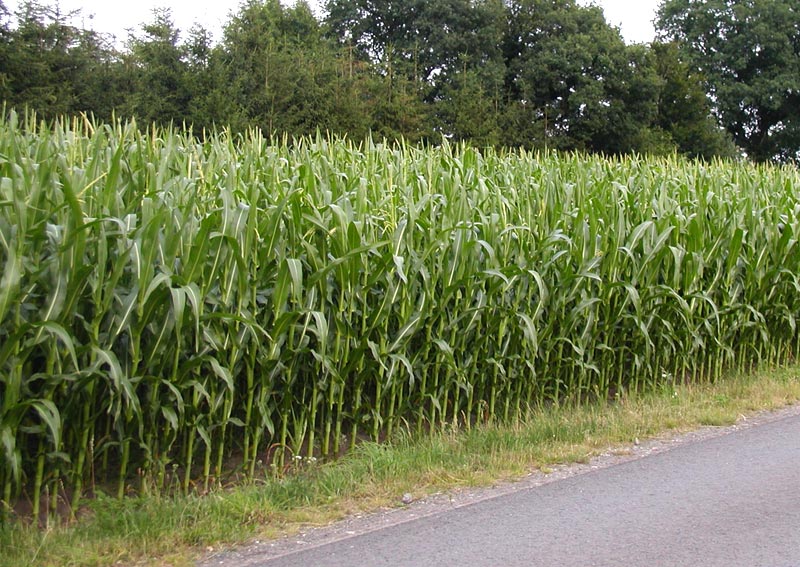
Your advantage
- Inhibitiion of heating up
- Improvement of aerobic stability
- Inhibition of moulding
- Inhibition of removal losses
Field of Application
The use of BioCool is recommended with the following forage (amongst others):
- Silages with heating up problems
- Especially: Maize
- Grass silage > 35 % DM
- CCM and high moisture corn silage
- Whole crop grain
Dosage
BioCool
- 6 g BioCool per tonne forage
- 150 g per sachet, enough for 25 tonne ensilage goods or 35 - 40 m3 silo space.
- Dissolve one sachetof BioCool into 50 litres of water stirring continuously and apply 2 litres / tonne silage
BioCool HC
- 2,4 g BioCool HC per tonne forage
- 300 g per sachet, enough for 125 tonne ensilage goods or 195 m3 silo space.
- Dissolve one sachet of BioCool HC into 2,5 litres of water stirring continuously and apply 20 ml / tonne silage.
Depending on dispensing possibilities, the concentration of the solution can vary.
Tests
Experiments have shown that the addition of BioCool improves aerobic durability. The treated silages were strained significantly less by yeasts. A heating up could not be observed.
Important information
Careful examination has shown that our product, when used according to the directions for use, is suited for the recommended purposes. If biological silage additives are used, then the ensilage and removal technique has to be very good. Plant cultivation errors (e.g. cutting too late) and ensilage technique errors (e.g. compression and covering) cannot be compensated. We are liable for the consistent quality of the product, not for the risks of storage and use.
- Lupro-Mix NA
Lupro-Mix NA
Lupro-Mix NA is a buffered and highly effective mixture of propionic acid and formic acid. The natural lactic acid fermentation will be supported and active substances protect the ensilages safely from heating up and molding. The growth of yeast, molds and bacteria will be avoided and the hygiene of feed will be saved.
Lupro-Mix NA is DLG-proven. In group 1a,b, 2


Field of Application
- For all silages with heating up problems
- Especially recommended for Corn Cob Mix, ground ear maize and ensilaged wet maize.
- For different to ferment silages depending on DM - content
Dosage
The dosage is dependent of the field of application
Following application levels are recommended:
DM-content l / t < 25 % 4 25 – 35 % 3 > 35 % 4 For total treatment of CCM and wet maize the dosage depends on storation time:
- storage period of 1 to 6 month: 5 liters per ton
- storage period of 6 to 12 month: 7 liters per ton
Surface and layer treatment
Per square metre 0,5 l Lupro- Mix NA (mixed with 2 l water)
layer thickness ca. 20 - 25 cm, treatment of 2 – 3 layers
Alternatively the total treatment of last loadings is possible.
Stabilization of TMR
3 l / to mixed ration
Stabilization on liquid feed
0,15 - 0,25 %
Please note
The usage of acids and their mixtures for conservation properties demands the HACCP – protocol.
There you can find the safety data sheet of Lupro-MIX NA
Additional information about the treatment of by products are here.
- Propionsäure
Propionic acid
Propionic acid is a clear slightly yellow, strong smelling fluid. Its concentration is 99,5 % Propionic acid. This acid is able to inhibit moulds and yeasts, therefore improving the aerobic stability of treated silage.
Propionic acid is DLG – proven in group 2.

Field of application
For all silages with heating up problems
Dosage
The dosage is dependent on the field of application.
The following application levels are recommended:
DM- content (%) l/to < 25 % 4 25 - 35 % 5 > 35 % 6 For total treatment of CCM and wet maize the dosage depends on storage time:
- storage period of 1 to 6 month: 5 liters per ton
- storage period of 6 to 12 month: 7 liters per ton
Surface and layer treatment
Per square metre 0,5 l Propionic acid (mixed with 2 l water)
layer thickness ca. 20 - 25 cm, treatment of 2 – 3 layers
Alternatively the complete treatment of last loads is possible.
Stabilization of TMR
3 l / to TMR
Stabilization of liquid feed
0,15 - 0,25 %
Additional information about the treatment of by products are here.
Please note
Propionic acid is corrosive. During application use protective gloves and safety glasses.
The usage of acids and their mixtures for conservation properties demands the HACCP – protocol.
There you can find the safety data sheet of Propionic acid.
Plants
- Silage maize / Energy Maize
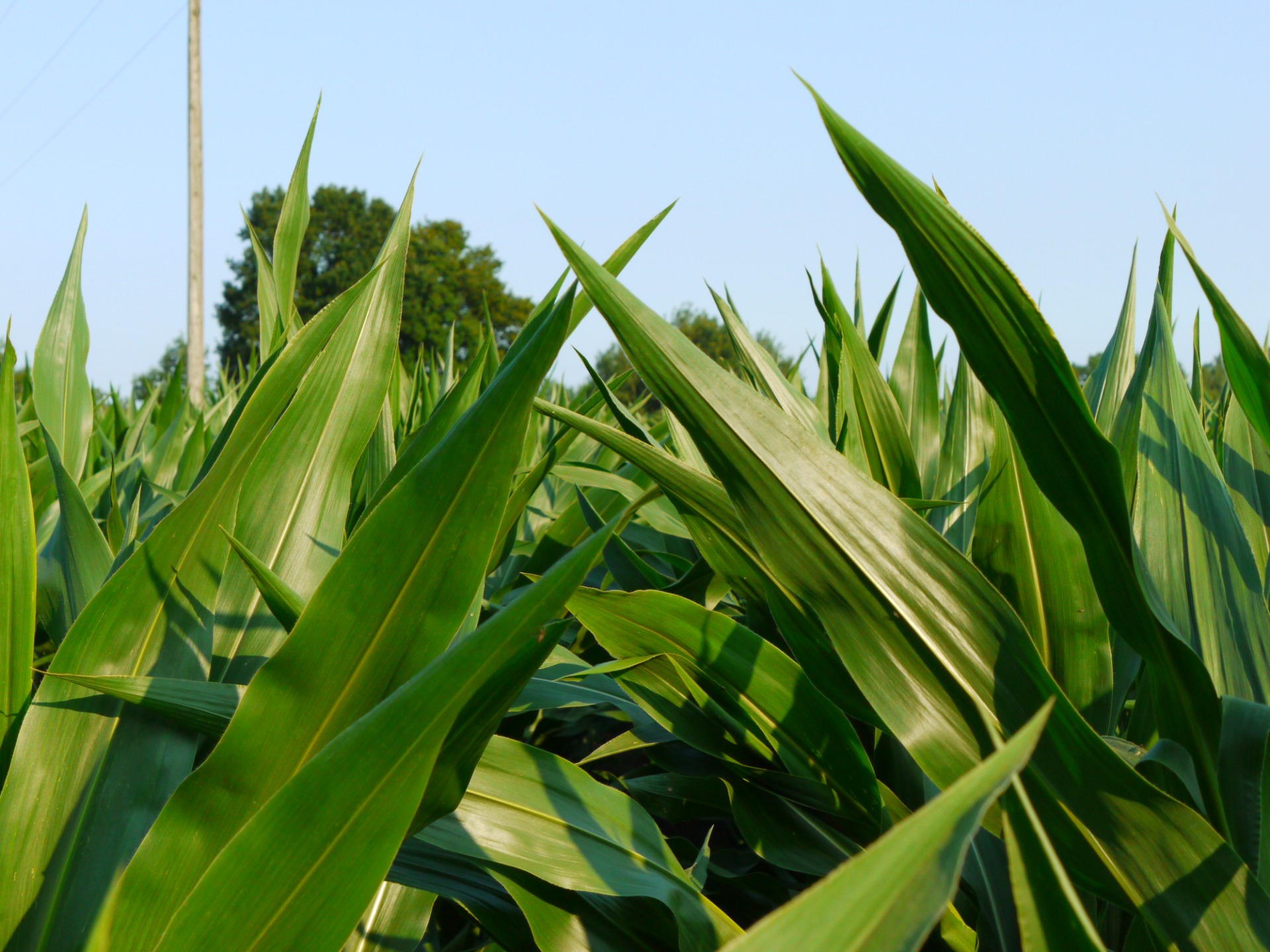
In order to be able to produce high-quality silage, all ensiling requirements must be met correctly. In terms of fermentation, corn does not cause any problems. The plants usually ensile very well. They contain a lot of sugar and are sufficiently populated with lactic acid bacteria for low-loss ensiling. It often only becomes problematic when the silage is removed from storage, especially when the necessary minimum advance cannot be guaranteed. Due to their very high nutrient density, many corn silages tend to have a reduced aerobic shelf life. This means that the silage quickly warms up and molds when it is removed from the silo. These conversions are associated with high losses up to unfitness for feeding. So that the aerobic durability does not become a problem, the use of the biological silage additives BioCool (feed) or PlantaSil (biogas) is strongly recommended.
Maize ensiling at a glance
silo maturity
- DM content in the whole plant 30 - 35%
- Dry matter content in the cob 50 - 60% (beginning of dough ripening
ensiling technology
- Chop length 3 - 5 mm, the drier the plant is, the shorter the chop must be, pay particular attention to compaction when shredding
- Align the silo system according to the requirements for the minimum advance per week (winter > 1.5 m, summer > 2.5 m)
- Store evenly thin layers, maximum layer thickness 20 - 30 cm, adjust rolling capacity to recovery capacity (recovery capacity: 4 = rolling weight), if necessary create 2 silos, tire pressure > 2 bar
- Cover the silo airtight with suitable materials (underlay film, edge film, silo film, silo protective grid, silo bags) immediately after storage is complete
risk
- Reheating and mold at the time of storage. If you have found problems with reheating / moulding, our scheme will help you to find the cause
use of ensiling agents
- Use of BioCool or PlantaSil to ensure aerobic durability
yield
- 30 – 50 t fresh mass/ha (depending on the cut)
harvest time
- 28 - 33% dry matter in the whole plant, chopped length: 5 - 7 mm
risk
- Easy to ensile risk of reheating and moulding
ensiling agent
- Whole crop grain
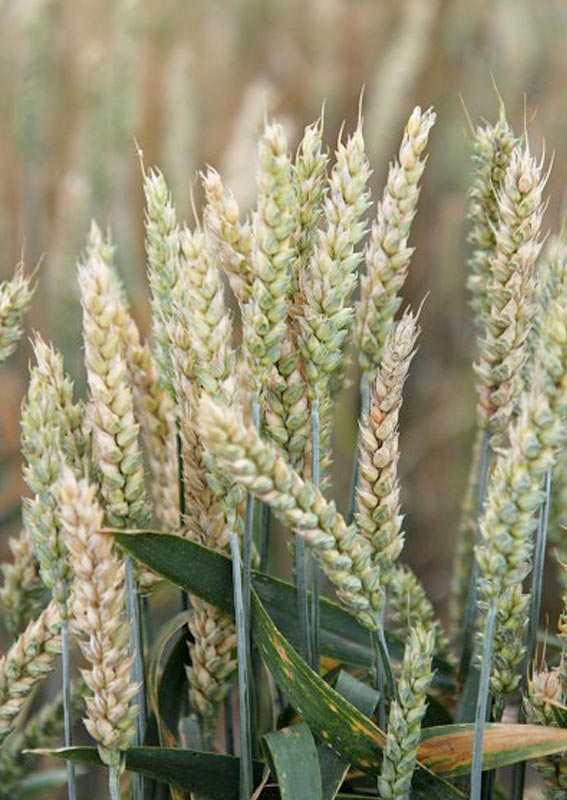
Yield (to/ha)
30 - 35 to/ha
Harvest:
- Lactic/dough ripeness state,
- plant starts discoloring into yellow
- Chop lenth 3 to 5 cm
Risks:
- Easy to ferment
- Heating up and molding
Silage additive:
- Ground Ear Maize Silage
Some farmers use ground ear maize silage to improve the ration. The DM – content of such silage is higher as in normal maize silage. Therefore requirements on silage management is also increasing. The energy value of such silage is ca. 7,4 MJ NEL / kg DM.
Yield (to / ha)
15 – 20 to / ha
Harvest
45 – 55 % DM
Risk
- Easy to ferment
- Heating up and molding
- Due to the DM and the bulky nature of particles problems with compaction are possible
Silage additive
For better dispersion, dissolve one sachet in 2 – 3 times more volume of water than normal.
- < 50 % DM normal dosage
- > 50 % DM 1,5 time of dosage
Please note:
Ensiling of thin layers (≤ 20 cm)
Make sure, there are no air gaps between the particles
Tips and Tricks
Depending on how the weather and the water availability were during the course of the vegetation, the maize stocks also look like. In addition to massive and very good stocks, many areas are also damaged. Regionally, the corn plants have suffered from drought, hail or flooding. Corn smut can also be found. We have put together a brief summary of what to look out for when ensiling such crops.
- Ensiling of drought-damaged maize
Drought damage in maize is more ansd more a common problem. Depending on the region and even within a single field, these range from slight drought to sometimes massive yield losses. The use of the silage additives BioCool or PlantaSil for ensiling is strongly recommended. Further tips for ensiling these crops are:
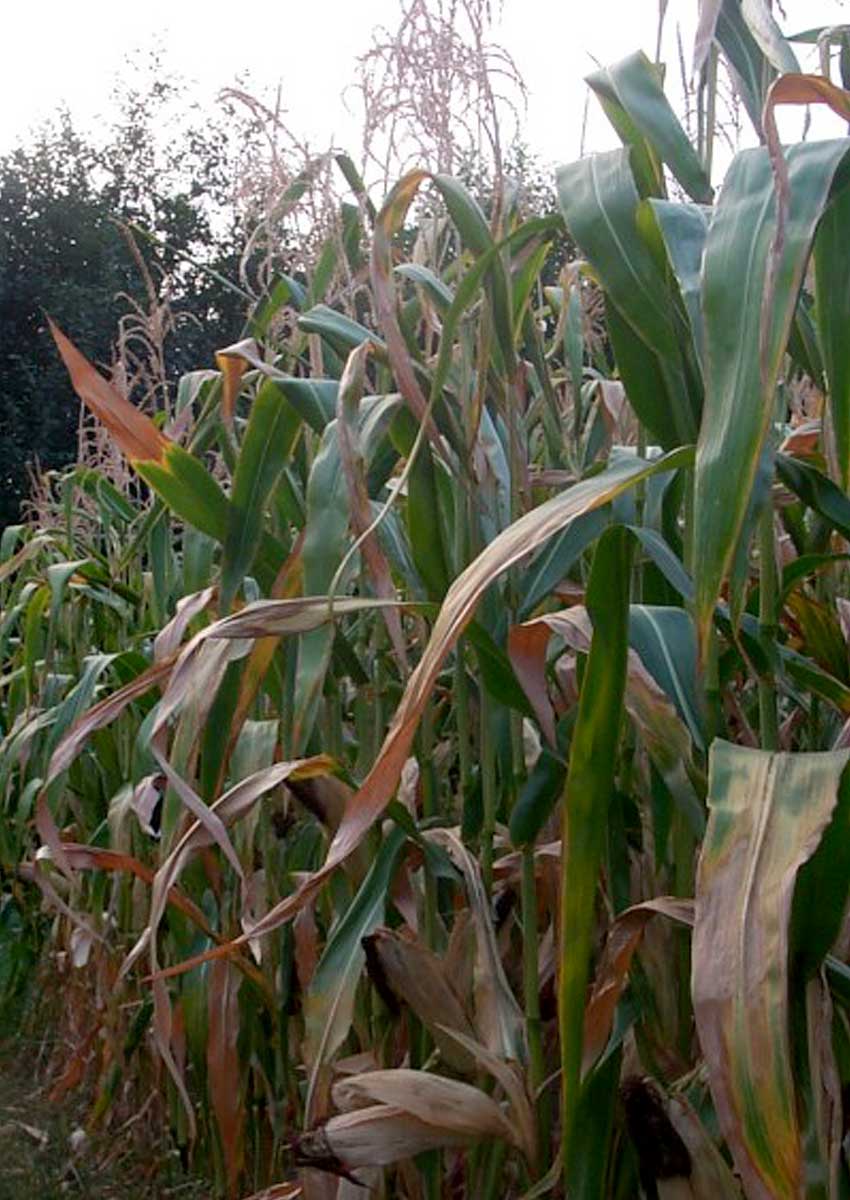
1. the residual plant of drought-damaged maize usually ripens faster, clearly visible by the dying of the lower leaves There is practically no more nutrient transport into the cob. These maize stocks should be ensiled in the whole plant from a dry matter content of 26 % DM. The longer the plants remain in the field now, the faster they straw. As a result, the feed value drops further and the risk of the silage produced from it heating up is no longer calculable.
2. in many plants there was no transfer of the sugar as starch in the cobs / grains due to lack of water and drought The sugar remains in the rest of the plant, which can be recognized by reddish-purple discoloration on the stems and leaves. Higher sugar contents at the beginning of silage making often result in higher residual sugar contents at the time of silage feeding out. This favours the growth of yeasts and moulds. The silage becomes warm and mouldy.
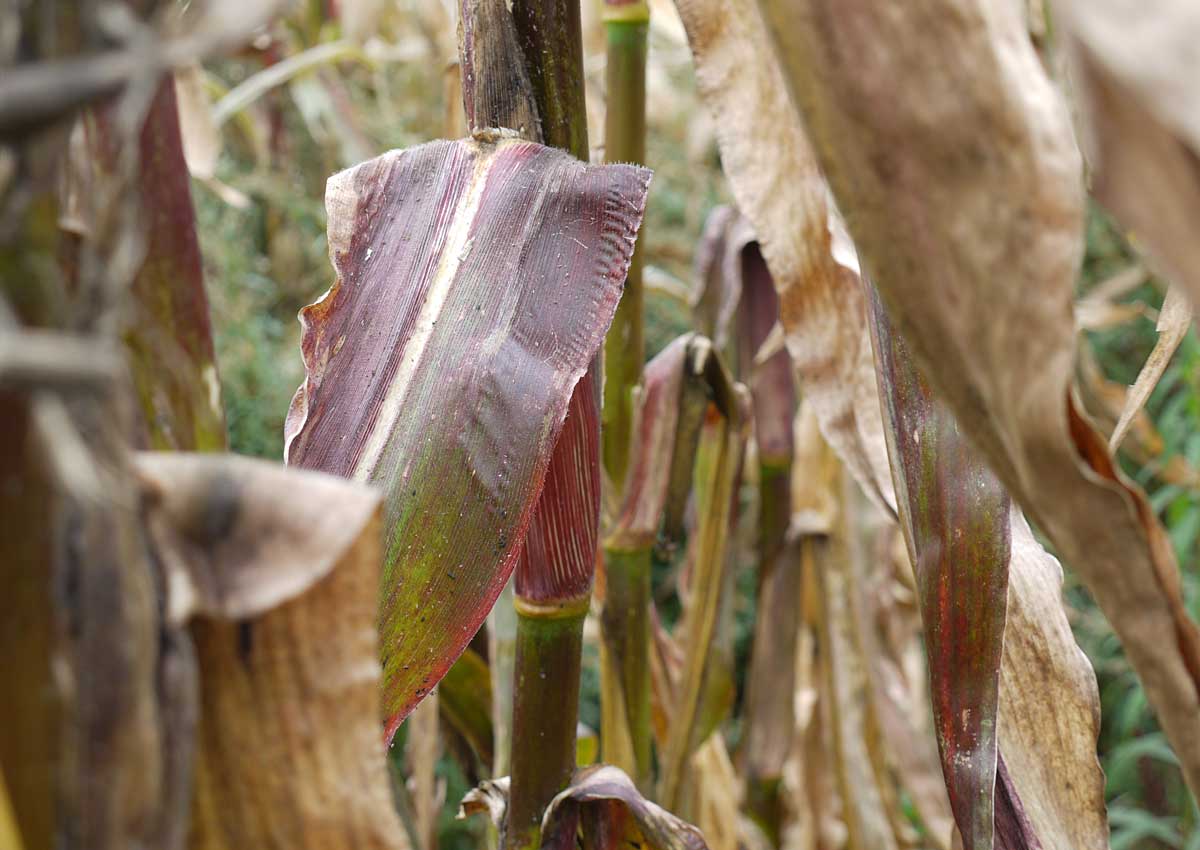

3. if the remaining plant is already "strawed", it can only be compacted with difficulty. This must be taken into account when storing in the silo. If necessary, ensilage in thin layers together with more in moisture maize plants.
4. dead plant parts are quickly contaminated by undesirable microorganisms (yeasts and moulds). As a result, the feed value and palatability of the silage decreases and the risk of heating up increases.

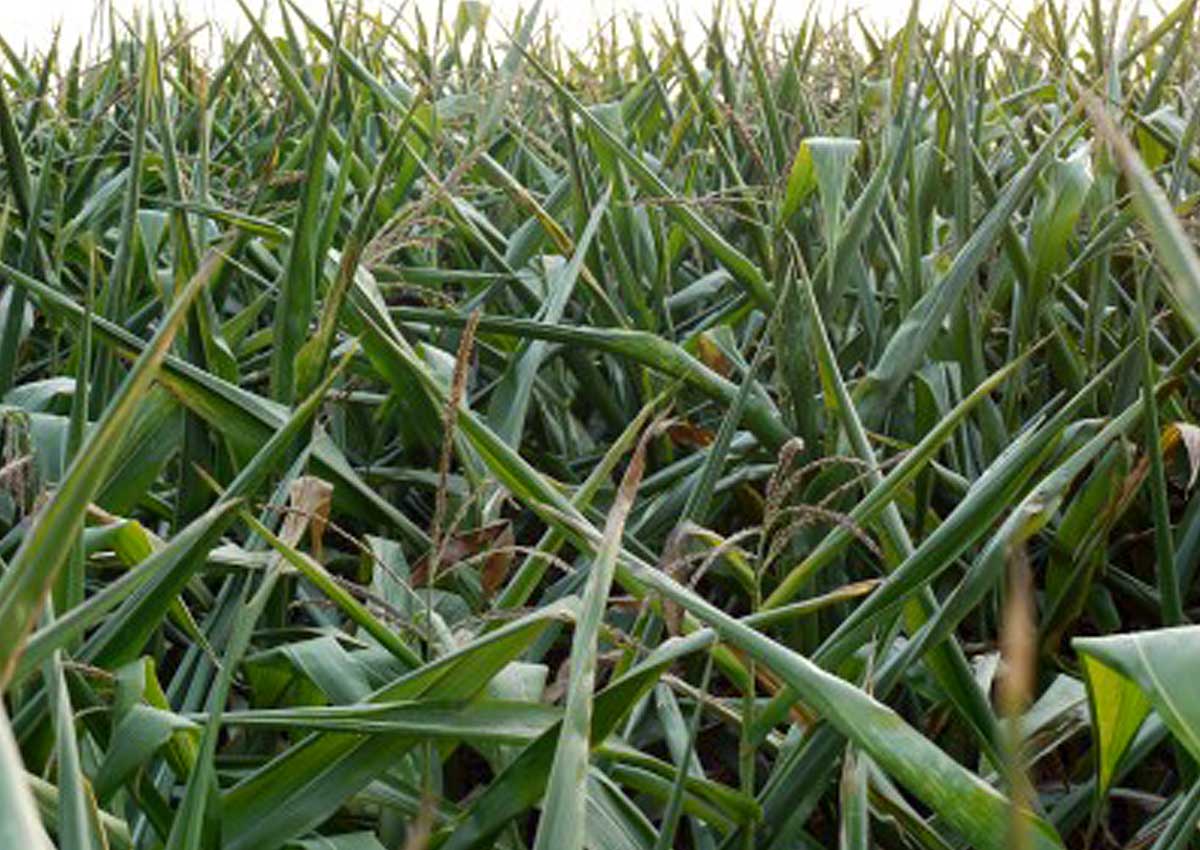
5. the following rules additionally apply to the ensiling of maize damaged by drought:
- Harvest more slowly, chop length < 5 mm
- Adjust harvesting speed to the rolling work, store thin layers (max. 20 cm layer thickness)
- If possible, ensile in thin layers together with moister plants
- Compact the clamp sufficiently, compaction > 230 kg DM / m2 (see table),
- Cover airtight (sub foil, silo foil, silo protection grid, etc.)
- place the silo so that the minimum feed rate is 1.5 m per week in winter and 2.5 m per week in summer
- Use of silage additives such as BioCool or PlantaSil
- Production of Top-maize silage
Maize silage - in summary:
1. silo maturity
- dry matter - content in the whole plant 30 - 35
- TS - content in the cob 50 - 60 % (start of dough ripening)
2. silage technique
chop length 3 - 5 mm, the drier the plant, the shorter must be chopped, in case of Shredlage special attention to the compaction
Arrange the clamp according to the requirements for minimum feed out per week (winter > 1.5m, summer > 2.5m)
store evenly thin layers, maximum layer thickness 20 - 30 cm, adjust rolling performance to the harvesting capacity (harvesting capacity : 4 = rolling weight), if necessary create 2 silos, tyre pressure > 2 bar
Cover the silo airtight with suitable materials (sub foil, edge foil, silo foil, silo protection grid, silo bags) immediately after completion of storage
3. risk
Heating up and moulding at the time of feeding out from storage
If you have found problems with reheating/moulding, our chart will help you to find the cause
4. use of silage additives











